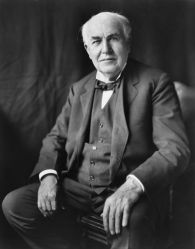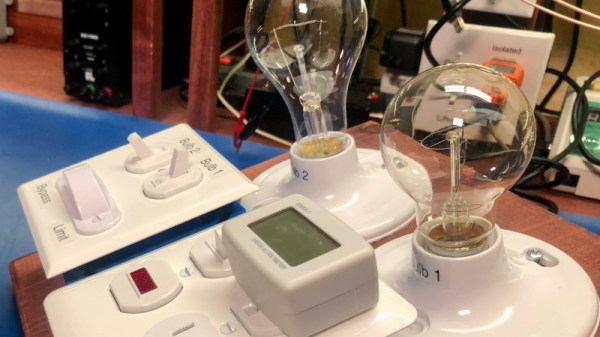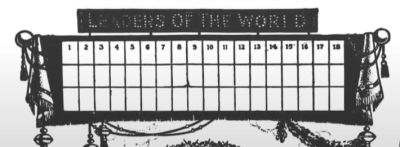While they are dying out, you can still find incandescent bulbs. While these were once totally common, they’ve been largely replaced by LEDs and other lighting technology. However, you still see a number of them in special applications or older gear. If you are above a certain age, you might be surprised that youngsters may have never seen a standard incandescent lightbulb. Even so, the new bulbs are compatible with the old ones, so — mechanically, at least — the bulbs don’t look different on the outside.

It has been known for a long time that passing a current through a wire creates a glow. The problem is, the wire — the filament — would burn up quickly. The answer would be a combination of the right filament material and using an evacuated bulb to prevent the filament degrading. But it took over a century to get a commercially successful lightbulb.
We were all taught in school that Thomas Edison invented the light bulb, but the truth is much more complicated. You can go back to 1761 when Ebenezer Kinnersley first caused a wire to glow. Of course, wires would quickly burn up in the air. By the early 19th century, limelight was fairly common in theaters. Limelight — also known as the Drummond light — heated a piece of calcium oxide using a gas torch — not electric, but technically incandescence. Ships at sea and forts in the U.S. Civil War used limelights to illuminate targets and, supposedly, to blind enemy troops at night. Check out the video below to see what a limelight looks like.
















